Botany is a fascinating subject that offers endless opportunities for hands-on exploration and learning. Whether you’re teaching in a classroom setting or homeschooling, incorporating botany activities can spark curiosity and foster a deeper understanding of the natural world. One delightful activity that both teachers and students will enjoy is growing silly Grass Heads in a jar. This fun and educational project not only teaches children about plant growth and care but also allows them to get creative and a bit messy!
RELATED: Plant Life Cycle Learning Pack
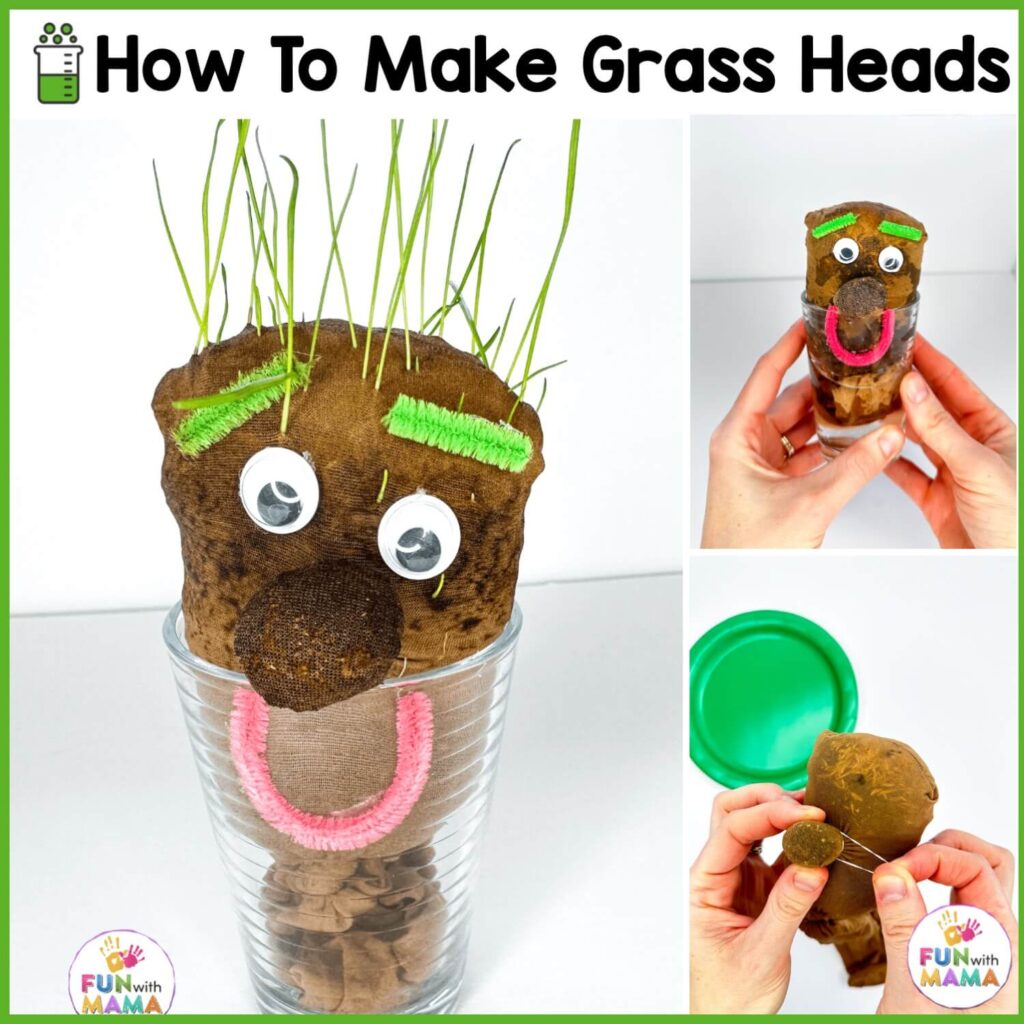
Grass Science for Kids
Grass, like all plants, undergoes a process called germination, where the seed begins to sprout and grow into a new plant. During germination, the seed absorbs water, which activates enzymes and triggers metabolic processes within the seed.
As the seed germinates, it sends out a root system to anchor itself in the soil and absorb nutrients and water. Meanwhile, the shoot emerges from the seed, eventually developing into the blades of grass that we see above the ground.
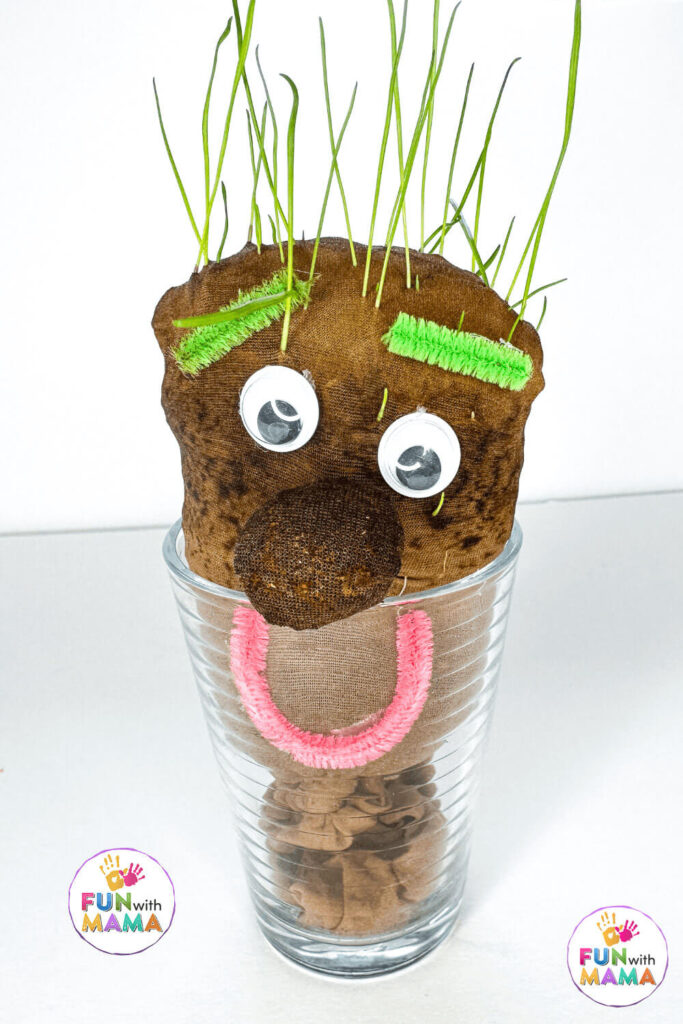
Through the process of growing their own grass hair, children can learn about the importance of water, nutrients, and sunlight in supporting plant growth, as well as the lifecycle of plants from seed to mature plant. This hands-on experience with growing grass heads provides a tangible example of these scientific concepts in action!
If you have younger kids, this Preschool Spring Flower Planting Play Dough Activity is an adorable way for little ones to practice flower planting and feel involved too!
How to Make Growing Grass Heads
Follow along with these instructions to make these silly heads with your students or charges! It’s the cutest spring craft and STEM activity.
What You Need to Make Growing Grass Heads
Here is what you will need to make your own real-life growing grass heads!
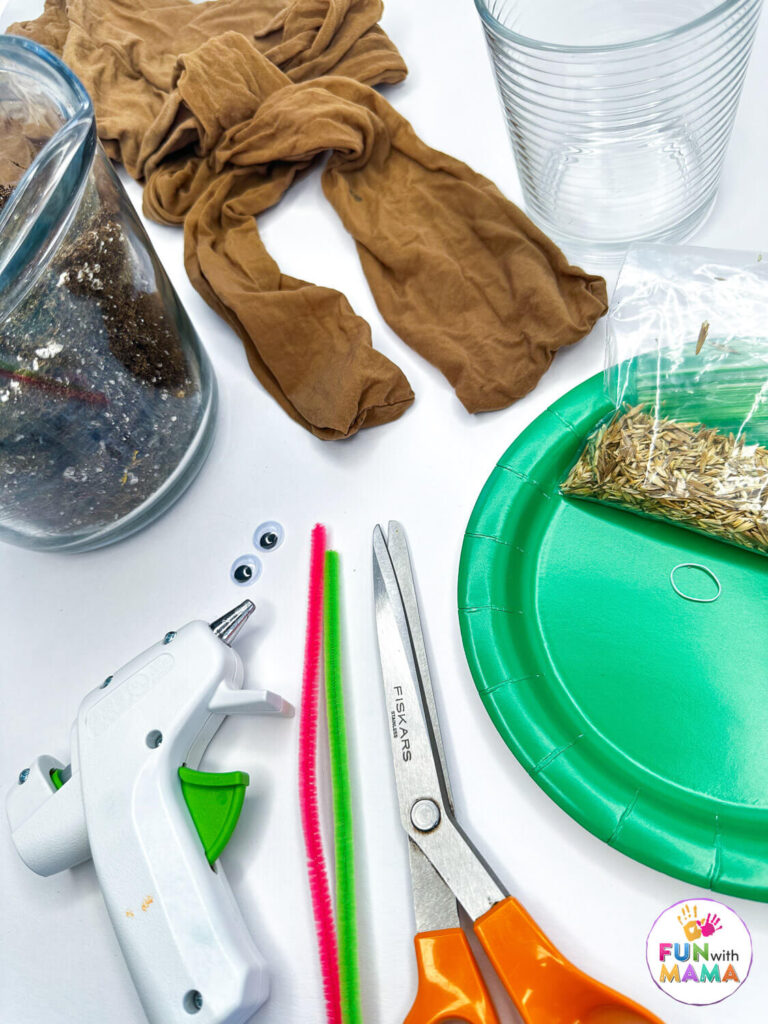
- Grass seeds
- Potting soil
- Clear jar or container
- Googly eyes
- Old tights/leggings
- Pipe cleaners
- Glue (hot glue works best)
- Scissors
- Water
- Rubber band
Check out my favorite craft supplies here.
Grass Head Activity Directions
Cut about 1.5 feet of the foot or leg off of a pair of tights/leggings. This fabric will serve as the head for your grass hair. Tie off one end of the fabric tightly to make a small knot and turn the tights wrong side out.
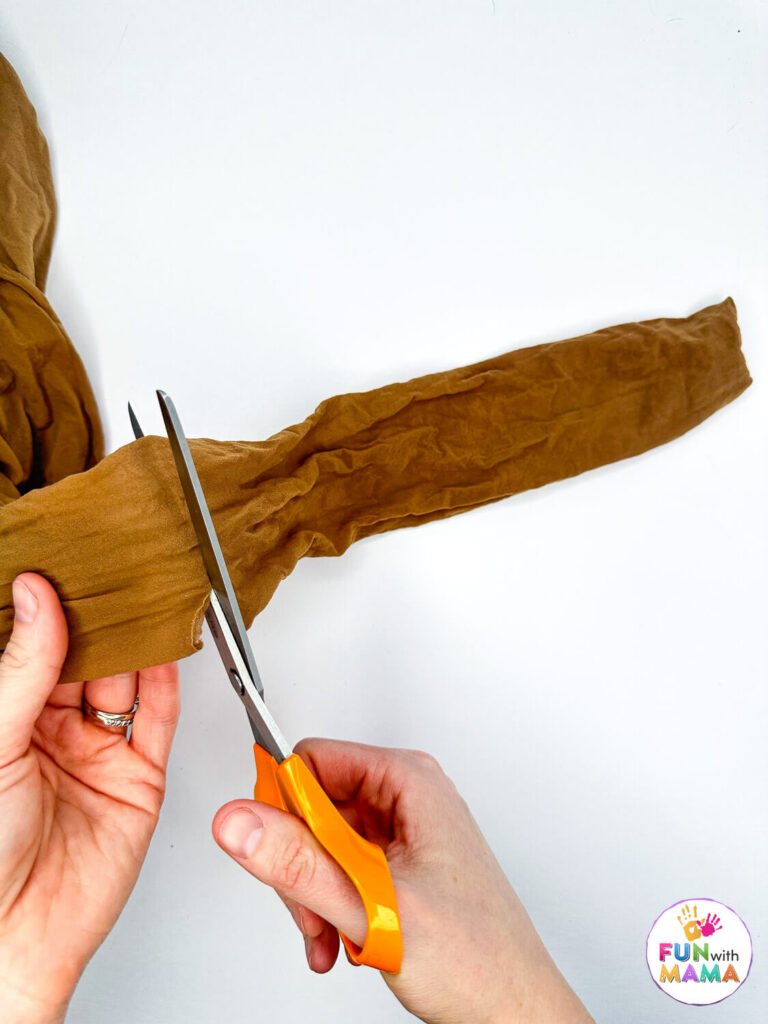
Fill the fabric head with approximately 1 teaspoon of grass seed. You can adjust the amount of grass seed based on the size of your head and how thick you want the grass hair to grow.
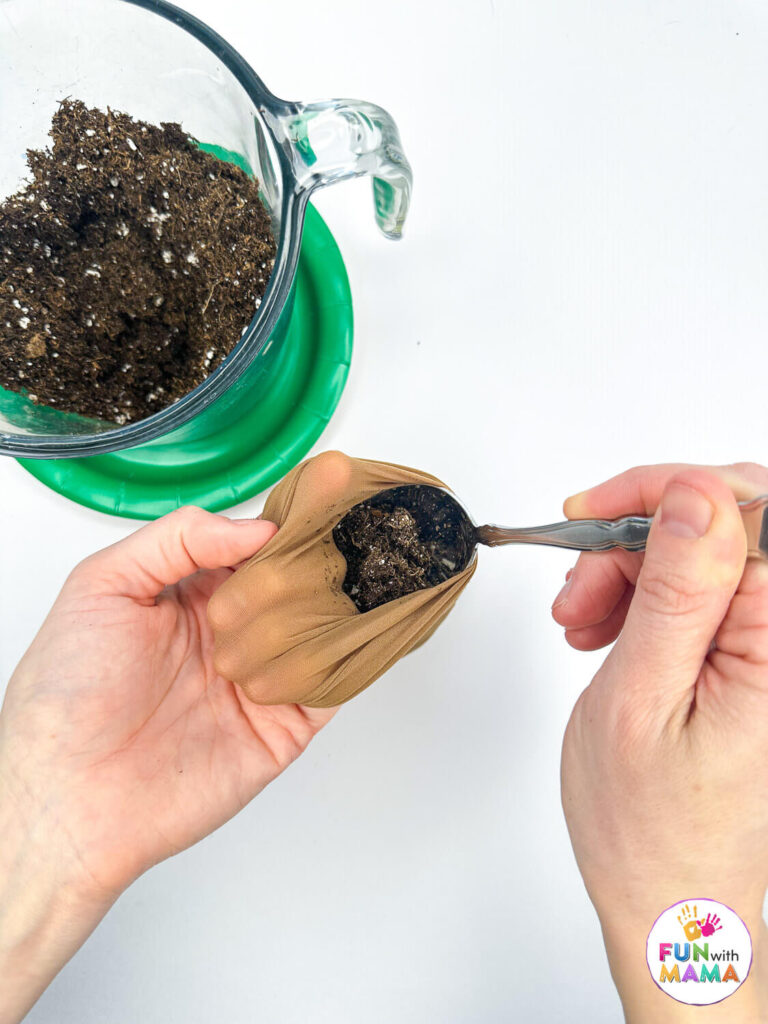
Once the grass seed is in place, fill the rest of the fabric head with damp potting soil. Pack the dirt tightly to ensure that the head maintains its shape and size.
After filling the head with dirt, tie off the open end of the fabric tightly to seal in the dirt and grass seed.
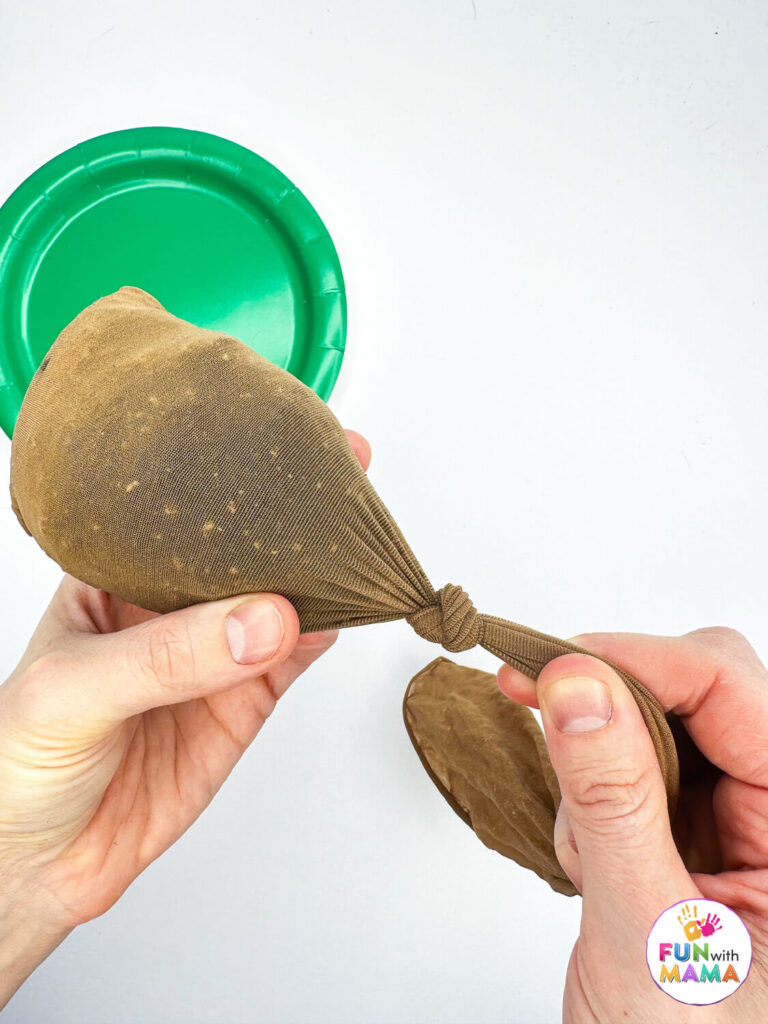
Use a rubber band to tie up a small piece of the dirt-filled fabric to make a nose for your grass head.
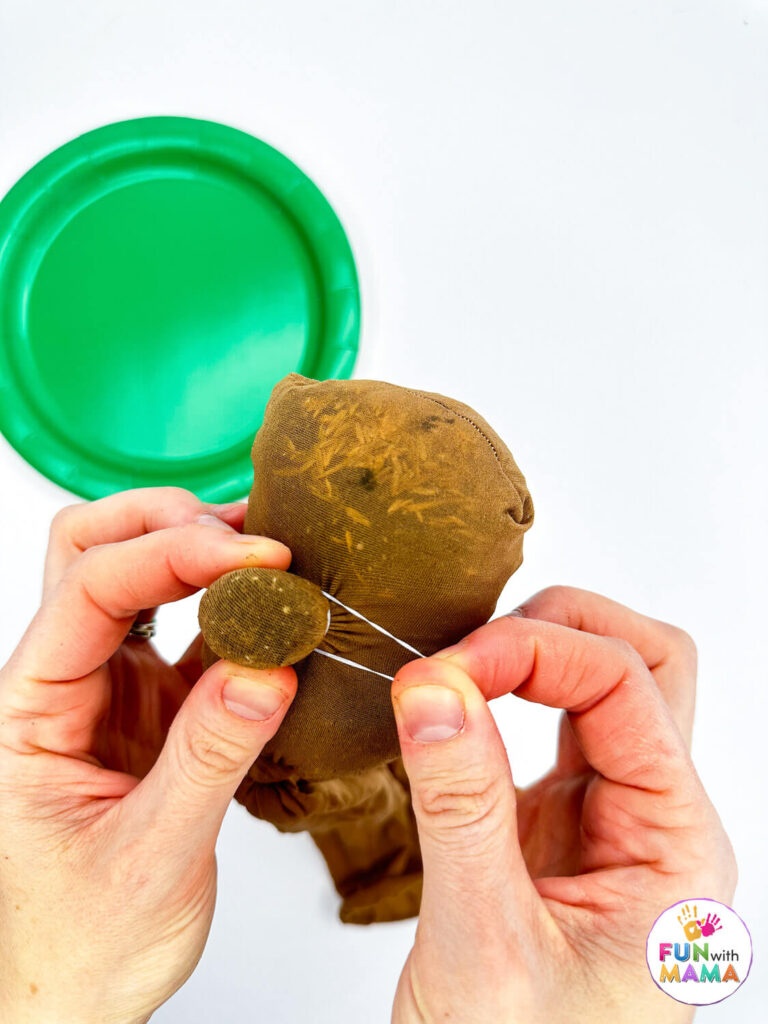
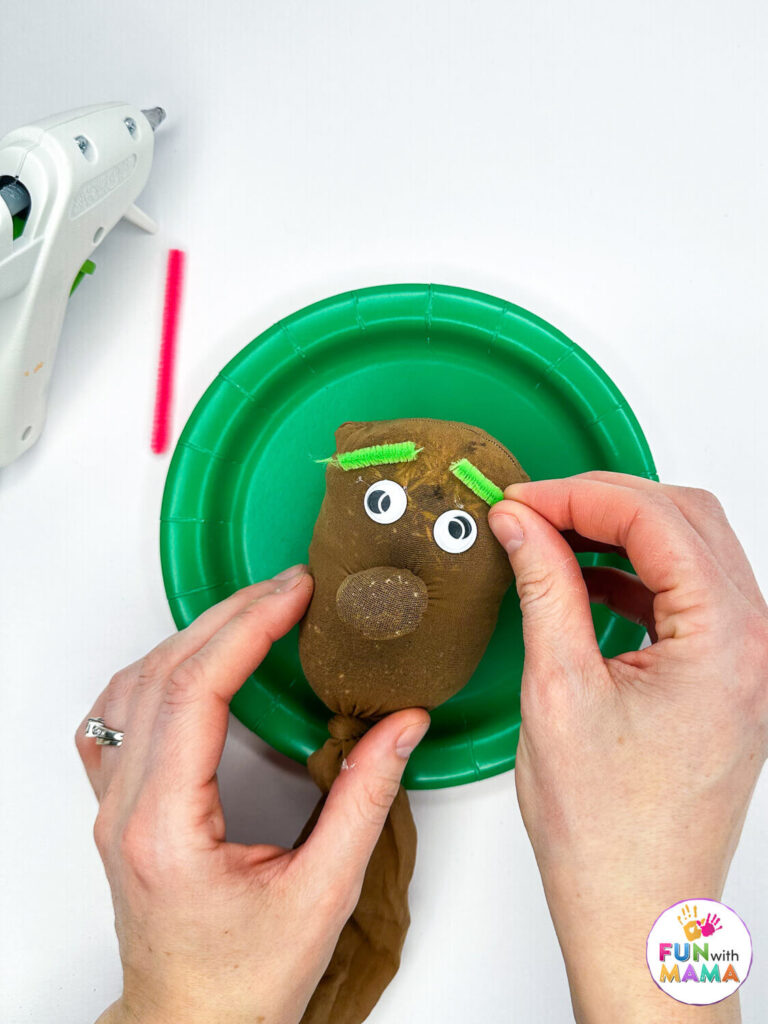
Use googly eyes, pipe cleaners, fabric scraps, or any other materials you have on hand to decorate the head and add facial features.
Glue the googly eyes in place and use pipe cleaners to create eyebrows, a nose, and a mouth. Let your imagination run wild and make each head unique!
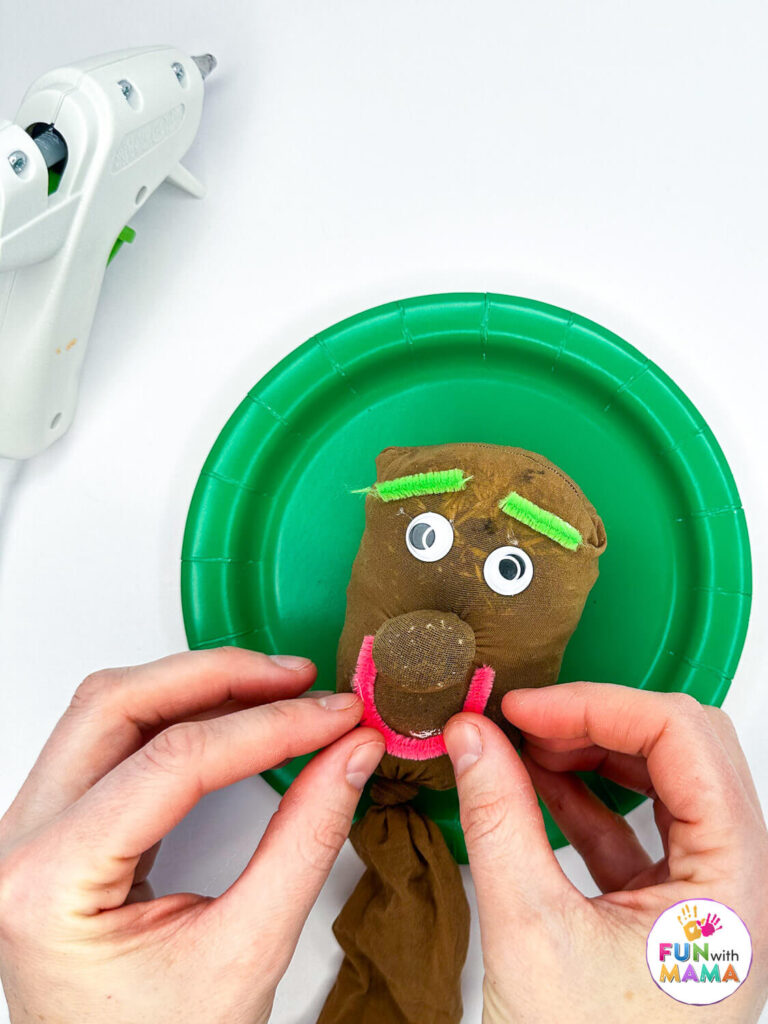
Place your decorated grass head inside a small container or pot in a sunny location.
Water down the entire head thoroughly, making sure to soak the dirt and grass seed completely. Allow some water to flow into the container below.
The extra fabric of the tights will act as a wick, soaking up water into the head as it grows. Keep the container filled with water to ensure that the grass seed remains hydrated.
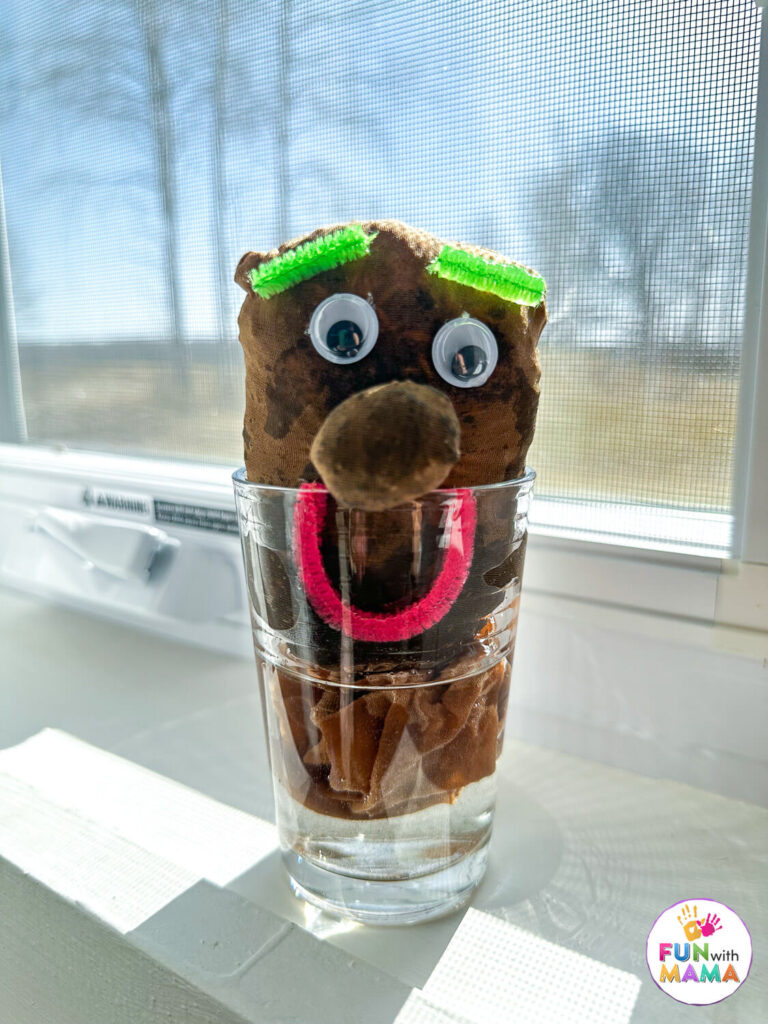
Within about a week, you should start to see the grass seed sprouting and growing into silly grass hair. Encourage students to observe and record the growth progress, noting any changes in the grass hair over time.
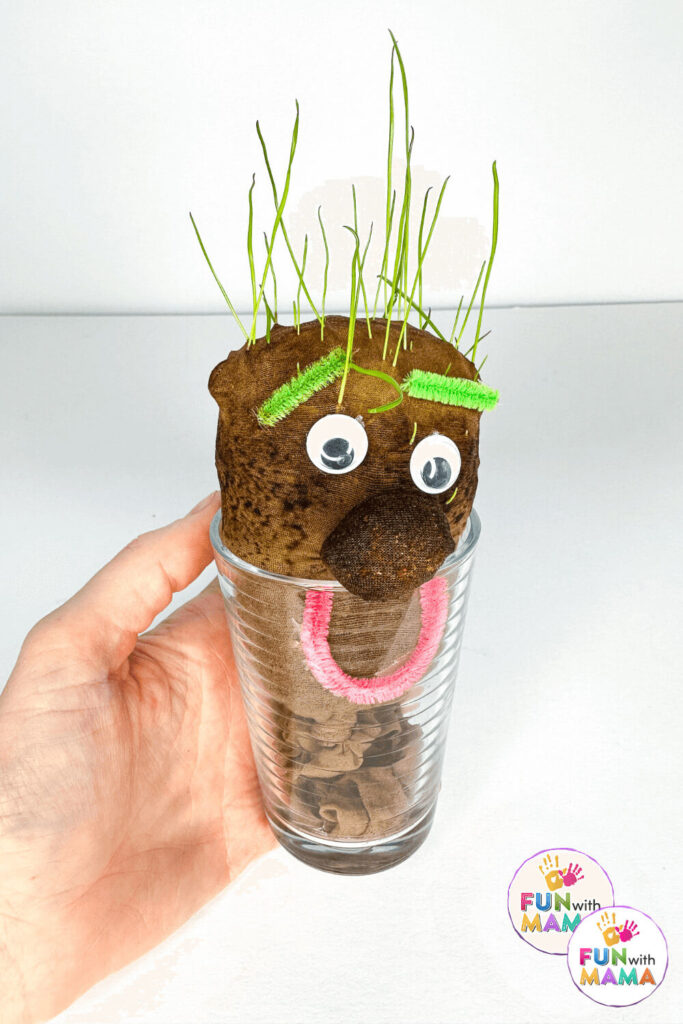
To keep your grass head healthy and thriving, continue to water it regularly and ensure that it receives plenty of sunlight. Trim the grass hair as needed to maintain its shape and style.
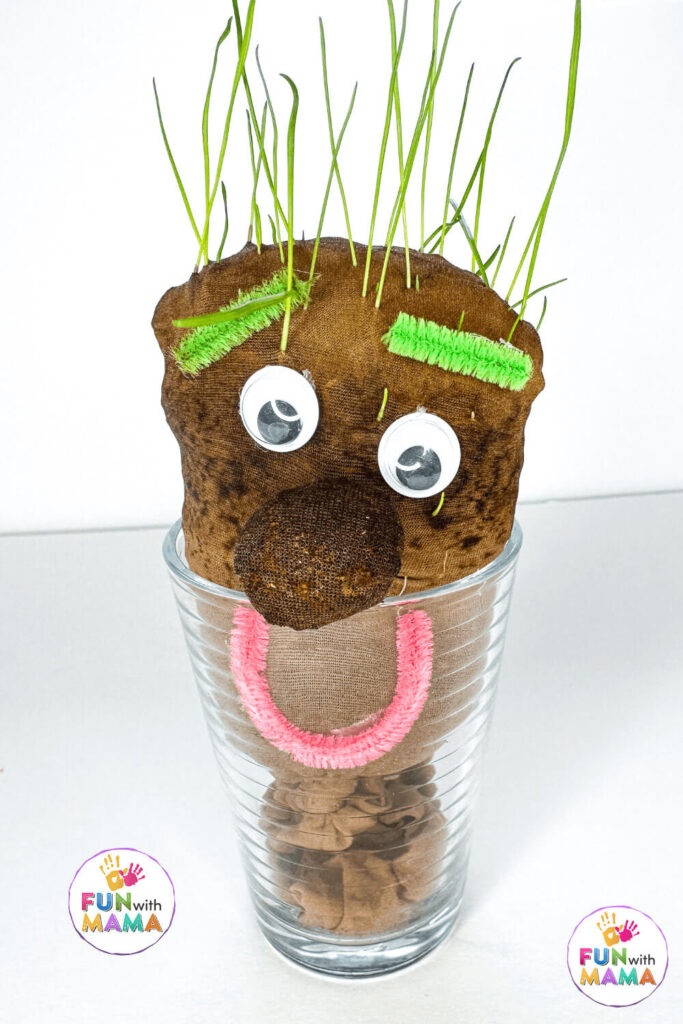
Growing silly grass hair in a jar is a delightful springtime activity that can show children how a plants’ life cycle works. So, gather your materials, plant your grass heads, and watch as your classroom or home garden comes to life with these whimsical and colorful grass heads!
More Spring Activities
- Free Leaf Coloring Pages
- Spring Color by Number Worksheets
- Spring Counting and Coloring Book
- Spring Handwriting Worksheets
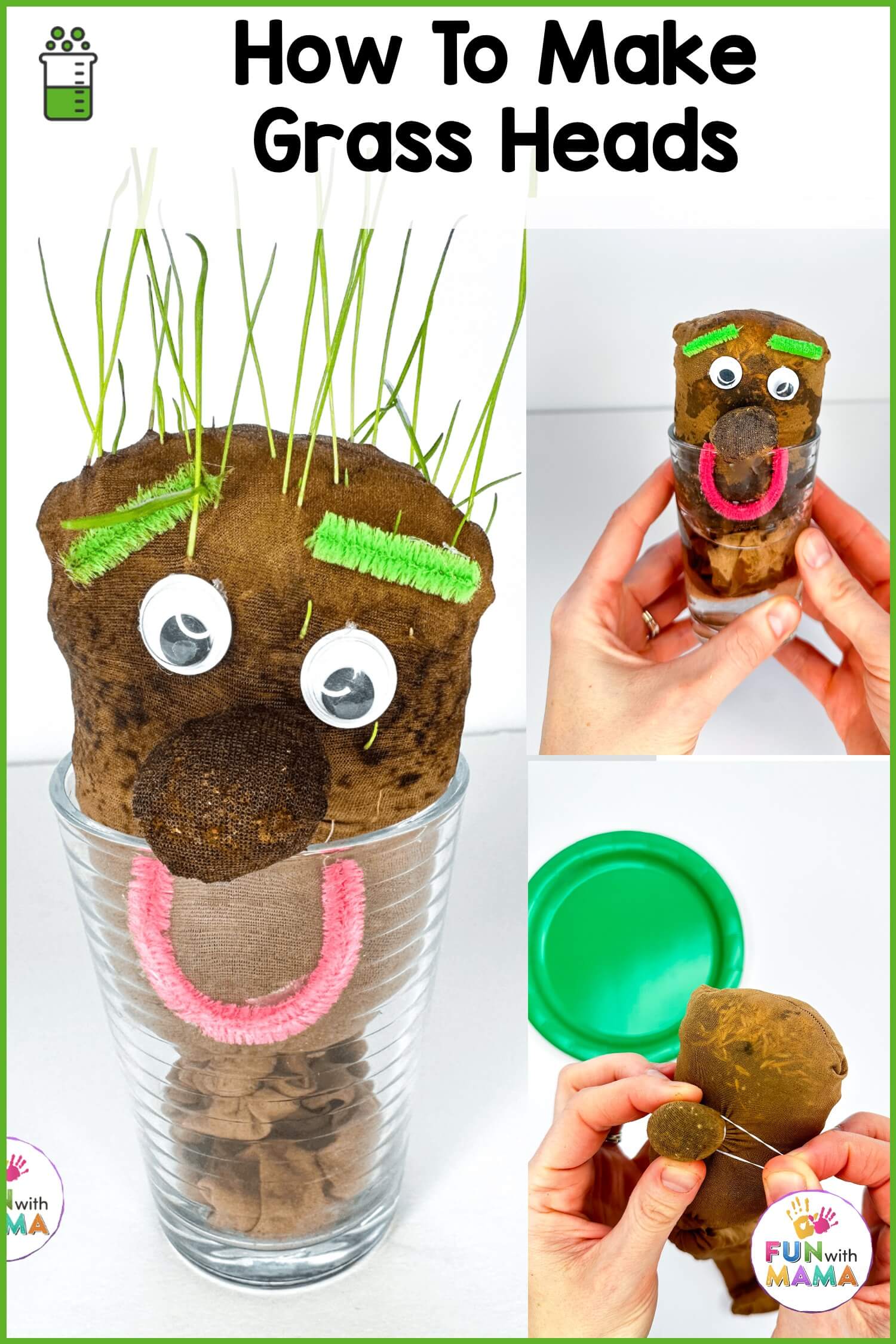

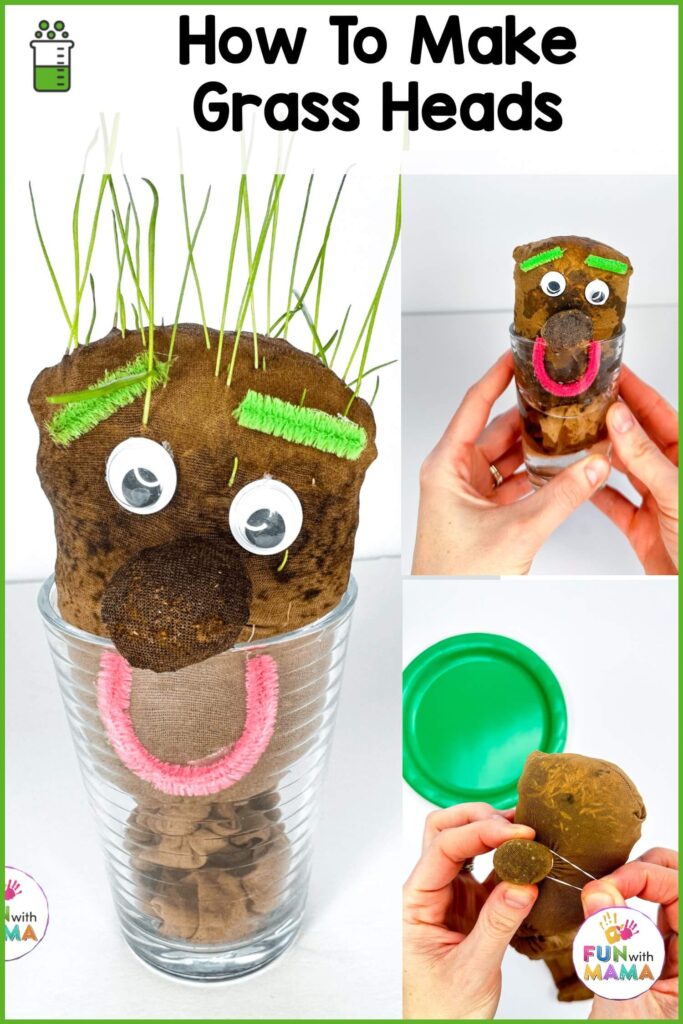

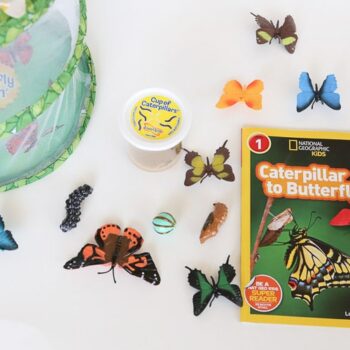


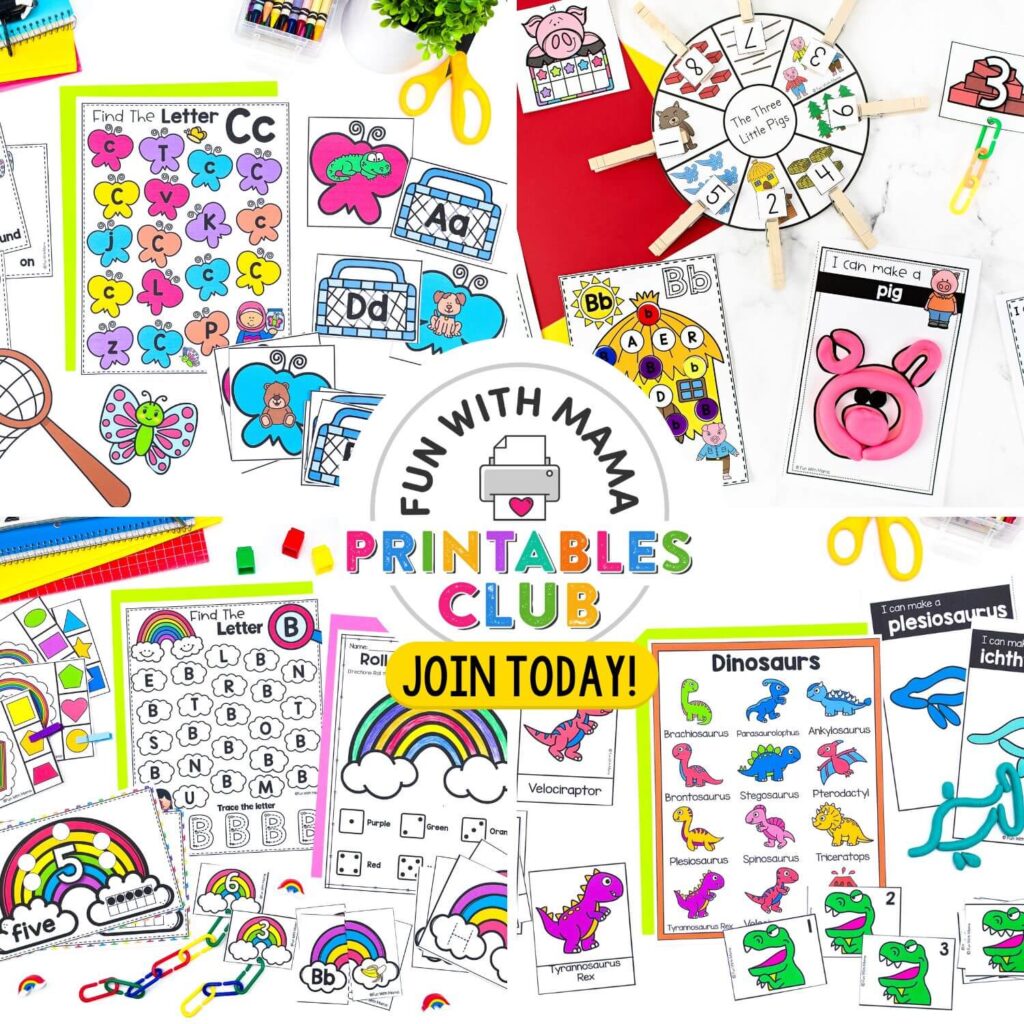



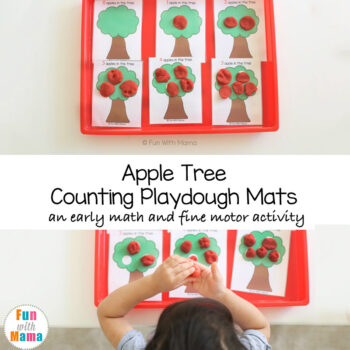
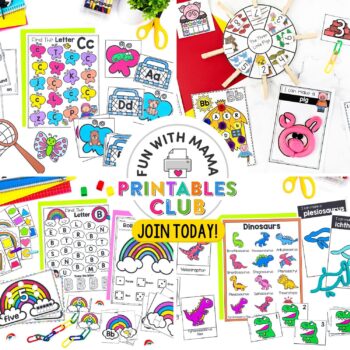
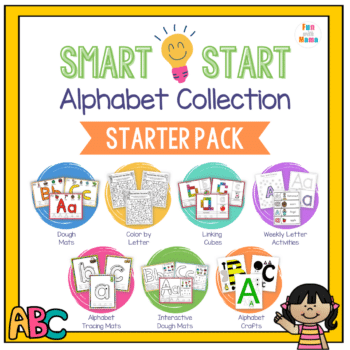
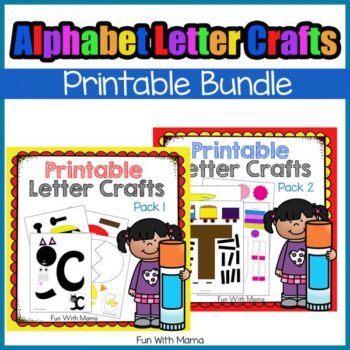
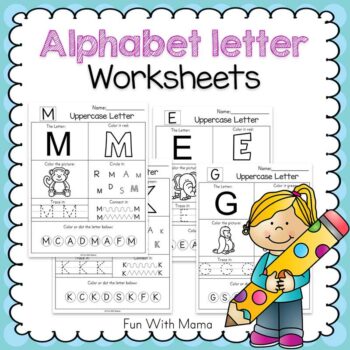
Leave a Comment